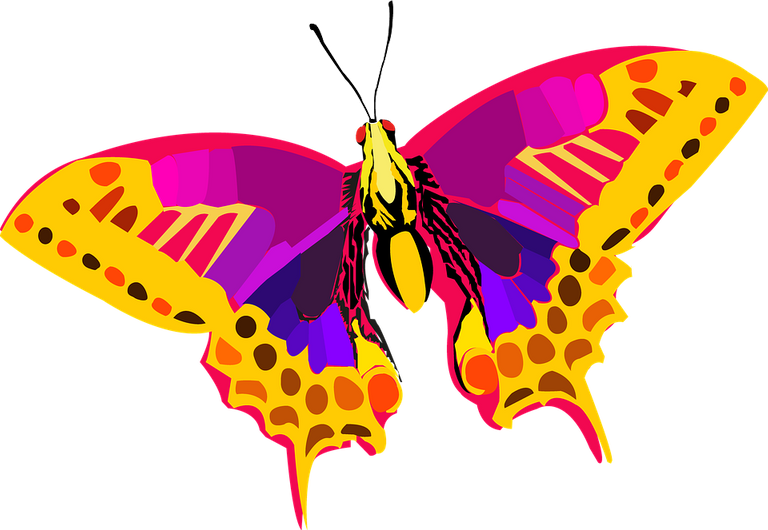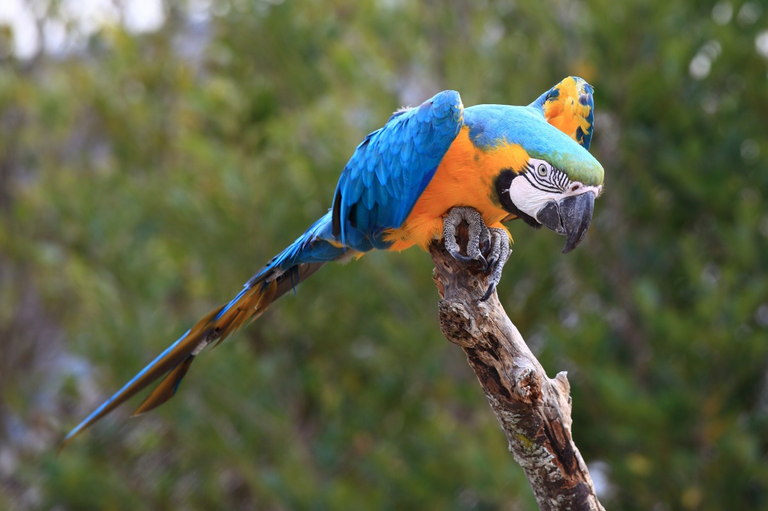BIO 101: Classification of living organisms
Introduction
The study of living organisms, which the subject of biology entails, requires that organisms are classified according to some pre-determined features. The branch of science that deals with this classification is known as taxonomy.
There are two aspects to taxonomy, namely:
- Nomenclature: the branch of taxonomy that has to do with the identification and naming of living organisms.
- Systematics: this branch of taxonomy has to do with arranging already identified and named organisms into taxonomic categories.

Taxonomy is very important to the study of living organisms in several ways:
- It helps scientists to understand biological diversity and study living organisms in detail.
- It helps scientists to be able to predict traits that are characteristic of certain plants and animals.
- Identifying, naming, and classifying living organisms can give an estimation of the number of species of living organisms that are present at a particular point in time.
- Taxonomy helps to distinguish between endemic and exotic species
History of Taxonomy
The first attempt at classifying living organisms was made by Aristotle (384 – 322 BC), a Greek philosopher and the main proponent of spontaneous generation. He classified living organisms into two kingdoms. All the living organisms that are capable of producing their own foods via photosynthesis were classified as plants while the remaining ones were classified as animals.
This system was in use for a long time until the 1600s. The names given to organisms back then varied from language to language. In other words, there was no standardized approach to naming. Several years after, a Swedish Botanist, Carl Linnaeus reviewed the classification system of Aristotle and later invented a system of naming that initially gives organisms Latinised names.
He published his works in books titled Species Plantarum and Systema Naturae in 1753 and 1758 respectively. Linnaeus invented the binomial system of naming organisms in which every identified organism is given two names – the genus and the species names.
As time went on and technological advancements made more sophisticated equipment to be available, scientists discovered more organisms that did not exactly fit-in to plant or animal kingdom.
In 1866, Ernst Haeckel discovered a new group of organisms with unique features and proposed a third kingdom – Protista. Herbert Faulkner Copeland observed that single-celled organisms show some differences that make it almost impossible for them to be grouped together. Some lacked a nucleus and other membrane-bound organelles while others have these features. This led to the establishment of another kingdom – Monera.
In 1969, Robert Harding Whittaker observed that fungi do not fit into any of the already established kingdoms of organisms and proposed a fifth one – Fungi.
Types of Classification
The early attempts by scientists to classify living organisms only made use of superficial features of organisms such as their physical appearance and habitats. For example, birds and butterflies were put into the same category because they both have wings and are move from one place to another by flying. This system of classification is termed an artificial system of classification.
The more recent system of classifying living organisms takes cognizance of more important features such as:
- Type of cell: organisms whose bodies are made of prokaryotic cells are all grouped as prokaryotic organisms while those whose bodies are made of eukaryotic cells are grouped as eukaryotic organisms.
- Complexity of bodies: some organisms are made of only a single cell and are therefore grouped as unicellular organisms while others are made of multiple cells and grouped as multicellular organisms.
- Mode of nutrition: organisms **that are capable of making their own foods via photosynthesis or chemosynthesis are grouped as autotrophic organisms. Those that are not able to do so are grouped as heterotrophic organisms. Some heterotrophic organisms ingest their foods, carryout digestion internally, and then egest waste products – holozoic mode of nutrition, while some secrete substances unto their foods to digest them extracellularly and the digested product is absorbed into their bodies – saprophytic mode of nutrition.
Other features that are considered include phylogeny and evolutionary relationship between organisms. It was on these features that living organisms were grouped into five kingdoms classification system. The various kingdoms are:
- Monera which consists of prokaryotic, auto/heterotrophic bacteria and archaea
- Protista which consists of microscopic, eukaryotic, heterotrophic/autotrophic unicellular, animal-like organisms.
- Fungi: achlorophyllous, eukaryotic, multicellular, saprophytic organisms
- Plant: eukaryotic, autotrophic organisms.
- Animal: eukaryotic, heterotrophic organisms with a holozoic mode of nutrition.
The Binomial System
The binomial system of naming organisms gives organisms two names. The first part of the name is the genus or generic name while the second part is the species or specific name. The names are usually Latinised and are usually written based on some rules. These rules include:
- The generic name is written with an initial capital letter while the rest is written in small letters.
- The species name is written in small letters throughout.
- In writing, both names are usually underlined or italicized individually.
- Shortening of the generic name using the first letter is allowed if the name has appeared in the earlier part of a write-up.
- Both generic and species names can be shared by different organisms. However, organisms with the same generic name cannot share the same species name and vice versa.
Examples of binomial names include:
- Carica papaya – pawpaw plant
- Canis domestica – dog
- Zea mays – maize
- Cannabis sativa – hemp
- Lycopersicon esculentum – tomato plant
- *Homo sapiens *- humans

Classification system
Carl Linnaeus invented different taxonomic categories for classifying living organisms. The categories from the highest to the lowest are:
- Kingdom
- Phylum
- Class
- Order
- Family
- Genus
- Species
For example, the full taxonomic classification of man is as follows:
- Kingdom – Animalia
- Phylum – Chordata
- Class – Mammalia
- Order – Primate
- Family – Hominidae
- Genus – Homo
- Species - sapiens
Congratulations @ummar! You have completed the following achievement on the Hive blockchain and have been rewarded with new badge(s) :
You can view your badges on your board and compare yourself to others in the Ranking
If you no longer want to receive notifications, reply to this comment with the word
STOPCheck out the last post from @hivebuzz:
Thanks for your contribution to the STEMsocial community. Feel free to join us on discord to get to know the rest of us!
Please consider supporting our funding proposal, approving our witness (@stem.witness) or delegating to the @stemsocial account (for some ROI).
Please consider using the STEMsocial app app and including @stemsocial as a beneficiary to get a stronger support.